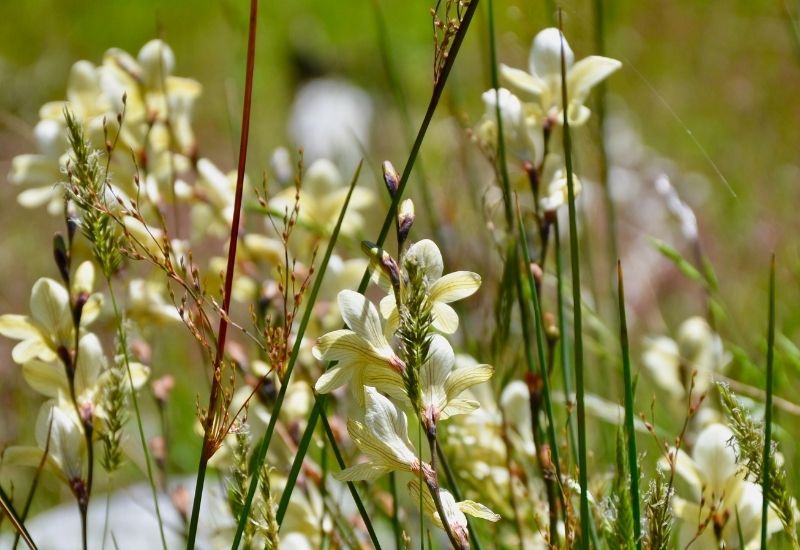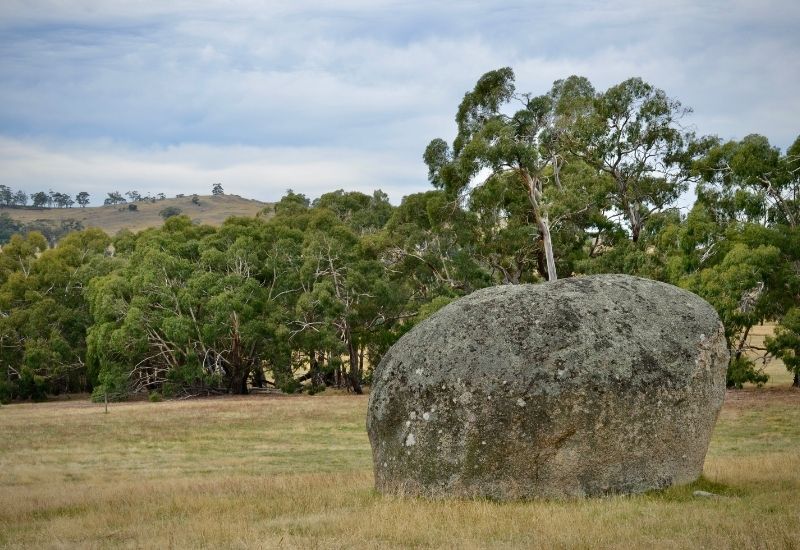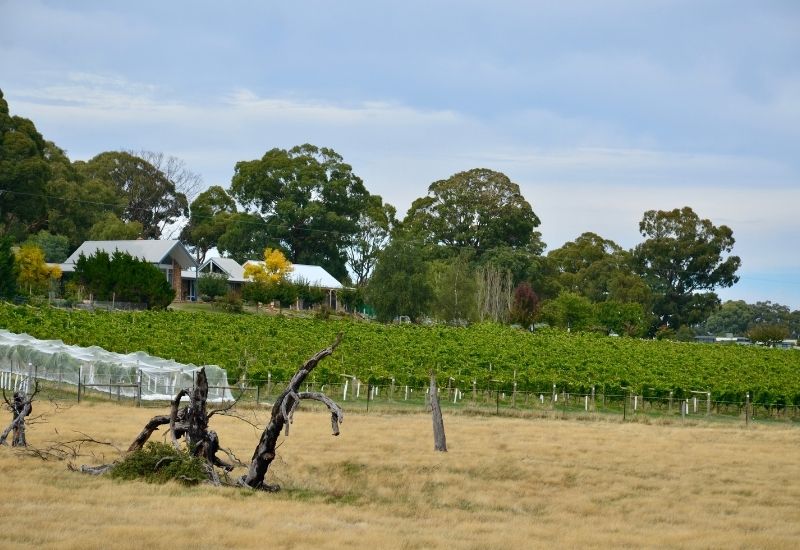Taungurung Aboriginal Owners
 The Taungurung Clan, within whose country the Black Hill Reserve lies, were influenced by season and availability of food in their use and enjoyment of the land. With the arrival of European settlers, the Taungurung's customary way of life came to an end. Grazing and clearing reduced their traditional food sources, and before long the Taungurung and settlers began to clash violently. In 1841, the first European dwelling was built on Black Hill. In the same year the Taungurung, as a recognised group, ceased to exist in the region.
The Taungurung Clan, within whose country the Black Hill Reserve lies, were influenced by season and availability of food in their use and enjoyment of the land. With the arrival of European settlers, the Taungurung's customary way of life came to an end. Grazing and clearing reduced their traditional food sources, and before long the Taungurung and settlers began to clash violently. In 1841, the first European dwelling was built on Black Hill. In the same year the Taungurung, as a recognised group, ceased to exist in the region.


 There are some steep inclines and steps along the way to the Northern Lookout, but it's well worth the effort. This view is of the East and you also gain views of the North and partial views of the West. Sit for a while in the peace and quiet and you will enjoy the birds, you might even catch sight of a wallaby.
There are some steep inclines and steps along the way to the Northern Lookout, but it's well worth the effort. This view is of the East and you also gain views of the North and partial views of the West. Sit for a while in the peace and quiet and you will enjoy the birds, you might even catch sight of a wallaby.
 Black Hill reserve is a beautiful haven for nature lovers. About 100 wildflowers have been identified, including rare and threatened species. The ridge and granite outcrops are dominated by messmates and narrow-leaf peppermint, and the woodland by manna gums and yellow box. Milkmaids (pictured), are an example of a native perennial lily found in the area.
The reserve is also a refuge for native wildlife. More than 70 species of bird have been recorded, along with 20 species of mammals, invertebrates, six reptiles, four amphibians and one fish species. The most visible are the eastern grey kangaroo and swamp (or black) wallaby, which can be seen in more secluded parts of the reserve.
Black Hill reserve is a beautiful haven for nature lovers. About 100 wildflowers have been identified, including rare and threatened species. The ridge and granite outcrops are dominated by messmates and narrow-leaf peppermint, and the woodland by manna gums and yellow box. Milkmaids (pictured), are an example of a native perennial lily found in the area.
The reserve is also a refuge for native wildlife. More than 70 species of bird have been recorded, along with 20 species of mammals, invertebrates, six reptiles, four amphibians and one fish species. The most visible are the eastern grey kangaroo and swamp (or black) wallaby, which can be seen in more secluded parts of the reserve. Large granite boulders are found dotted around the landscape in irregular patterns. From the 1920s until 1970, part of the hill was heavily mined for gravel, the consequences are still visible today.
Large granite boulders are found dotted around the landscape in irregular patterns. From the 1920s until 1970, part of the hill was heavily mined for gravel, the consequences are still visible today. As you round the last section of the track, you will see a winery in the distance. This is
As you round the last section of the track, you will see a winery in the distance. This is